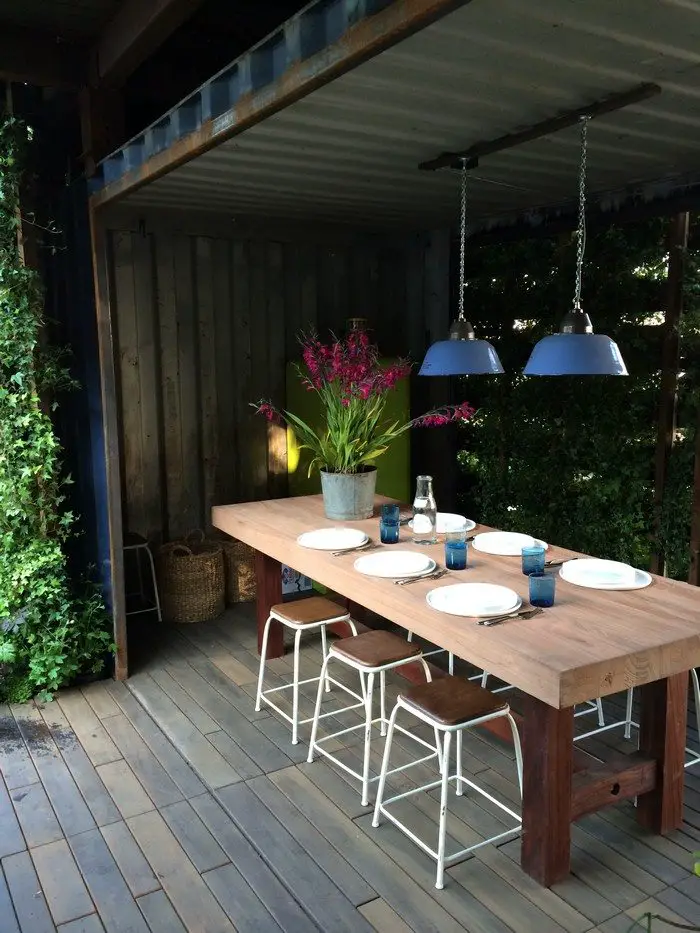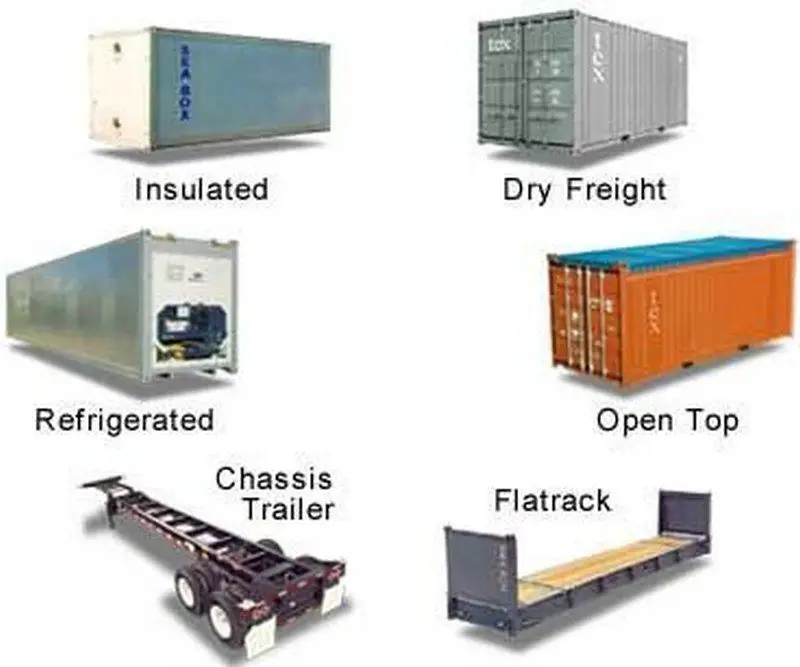
A shipping container can make a wonderful shed, office, hobby room, or even a home. They are a strong and cost-effective material to build structures with. But the question we are continually asked is ‘where do you get them?

This article aims to provide you with general information about shipping containers, local building regulations you need to check, and where you could find and buy them.
Read on if you want to know how to get one (or two!), and help upcycle the tens of thousands of empty shipping containers abandoned in ports! :)
Click on any image to start the lightbox display. Use your Esc key to close the lightbox. ?






Steps:

If you’re going to go through the trouble of placing a metal box that weighs several thousand pounds in your yard, you should start by making sure your local code enforcers aren’t going to promptly make you move it.
As of this writing, I live in Austin, Texas. Codes vary substantially from place to place, so you’ll have to verify for your locale what the deal is.
Here’s how I found out I’d (probably) be enforcer-free:
- google: Austin city building code
- Click on the first result, go to some Austin city webpage
- Click on ‘frequently asked questions’ then ‘inspections and permits’ then ‘permits’ then ‘do I need a permit?’
- sweet! under ‘work exempt from permits‘:
“Building
One-story detached accessory structures provided the floor area does not exceed 200 square feet (18.58 m2).
Please keep in mind that although you do not need a permit to build or install the structure you must still abide by any zoning rules and regulations in regards to height, setbacks, and trade permits. If you decide to install electricity or plumbing systems into the structure you will be required to obtain those trade permits. Please visit the ‘Zoning’ page to find out what regulations apply to your home in regards to structure height and/or yard setback areas.”
I want to make sure I’m ok on my planned rooftop deck, so on to the zoning page. yikes: forget it. I’ll just do it and take my chances. I think I’m supposed to be at least 5 feet from my neighbor’s fences or something…
If you can’t avoid zoning issues through an exemption, you’re in for a process. Check out what others have done for inspiration/examples. The good folks of The Shipyard, a collection of workspaces consisting largely of shipping containers in Berkeley, California, have been so kind as to publish their use permit details.

There are several different container sizes and styles to choose from.
Wikipedia has more detail, but I’d boil it down to 2 choices of common sizes:
- 20′ length: 8′ wide, usually 8.5′ tall. weighs ~5,000 lb.s
- 40′ length: also 8′ wide and usually 8.5′ tall. weighs ~8,000 lb.s
Other sizes, especially other heights, are available, but these are by far the most common and typically the cheapest per cubic foot.
Both sizes are available with a ‘refrigerated’ option. While this may be tempting to save yourself the trouble of insulating, later on, they cost thousands more and I decided it wasn’t worth it.

When you know what size you’re working with, you can start to plan how / where you’re going to use it.
I like SketchUp for doing this: it’s free, integrates with google earth, and there’s already a model of a shipping container for you to adapt.

There’s the easy way, the hard way, and 2 tricks:
- The easy way: Google “shipping containers for sale” and buy one via a nationwide broker, eBay, or a local reseller. Expect to pay at least $1,900+ for a 20′ and $2300+ for a 40′, delivered .
- Hard way: figure out how to buy abandoned/damaged containers directly from a shipyard. I researched this a bit but stopped after hearing of a probable requirement for a commercial driver’s license. If you figure this out, please comment and let me know.
- Trick #1: search for conex on craigslist instead of a shipping container. This is another term for the same thing, but plenty of people don’t know to search for it. Some container sellers, like the guy I bought mine from, show up if you search for conex but not if you search for shipping containers.
- Trick #2: if buying from a dealer, be clear that you don’t need a cargo-worthy container, just one that’s watertight. Cargo-worthy often refers to whether the metal channels on the bottom are straight to within an inch or something excessive; this is important for container-moving machinery but probably doesn’t matter to you. Before realizing this, I was quoted prices $300+ higher.
Some places also offer a rent-to-own option, but you’ll pay substantially for it. The cheapest I found was over 20%, and they might not be happy to find you customizing their container before you’re done paying for it:)
In mid-2010, I paid $1,300 for my 20’x8’x8.5′ container including delivery to my yard in East Austin, and I consider this an exceptionally good price. Please comment if you find a replicable way to get them as cheap or cheaper.
Prices are this low in the U.S. because of our trade deficit: we export far less stuff than we import, and it’s costly to ship back an empty container. Of course, these prices are also volatile with the price of the steel they’re made from.

If you’re having it delivered to your location, have your site clear and then clear it some more: no joke, the guy who delivered mine banged into my fence as well as my neighbor’s before bumping a rafter of the house!
If you’re smart, congratulations: you’ve already got a slab or some easy foundation set up and can just have your new building dropped off perfectly. If you’re like me, you haven’t planned enough and will want to quickly scrounge some thick round material (think telephone poles) to set the container on for easier future adjustments. I used ~6″ diameter round wood poles.
If you’re going to fully move this trailer yourself or want to keep it portable, you’re going to be entering the world of flatbed trailers. 16′ utility flatbeds might be a feasible option for 20-footers, and they appear to be widely available on craigslist for ~$1,200. There are also DIY kits for the braver and old car parts for the truly hardcore.
Winches, come-along, and any other mechanical helpers will be your best friends during this process and later adjustments. Ideally, anchor to something much stronger than this tree stump and use the strongest electric winch you can get your hands on.

While I’ve done little to convert the container since getting it into my yard about a year ago, it has made a great rooftop deck, garage, and conversation piece.
By following the simple steps stated here you are one step ahead of getting your shipping container. The information above keeps you from committing unnecessary and costly mistakes.






